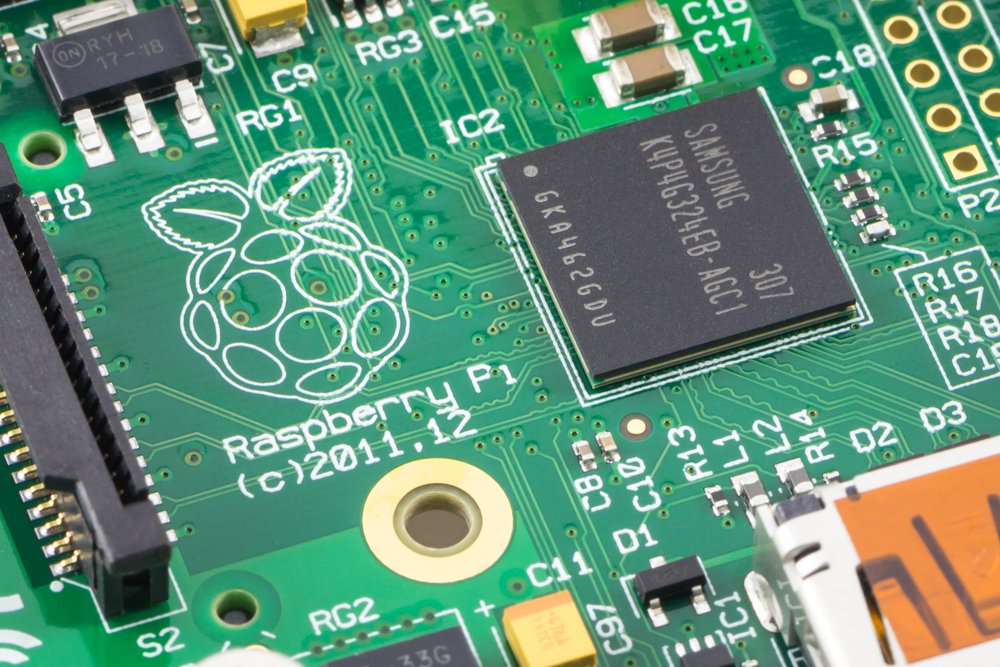One of the more interesting aspects of the cryptocurrency industry is that all coins require a network of nodes to keep the ecosystem healthy. Running a node can be done in many ways. One team has deployed a bunch of Raspberry Pis to create a cryptocurrency node cluster.
Node Clusters in the Cryptocurrency World
Although it is not exactly groundbreaking to use a Raspberry Pi to set up a cryptocurrency node, this particular project has attracted a lot of attention. As most people are aware, there is a growing need for more decentralized nodes when it comes to any cryptocurrency. A lot of users and companies prefer to set up nodes on centralized servers, mainly because it is a lot more convenient to do so.
Setting up a cluster of nodes would, in theory, require a fair few computers to do all of the heavy lifting. For currencies with smaller blockchains, using a Raspberry Pi is sometimes possible as well, depending on which model is being used. In the case of Bitcoin, a Raspberry Pi 3 Model B+ should do the trick just fine.
However, a team of enthusiasts has come together to build a network of nodes in a slightly different matter. The team uses Kubernetes to provide a capable and reliable distributed network of nodes to guarantee uptime at all times. This is done by using Docker containers which are all based on hosted images to ensure that the proper configuration can be achieved.
In this case, the team used a Litecoin-based cryptocurrency. While Faithcoin is not necessarily the most popular currency on the market today, it goes to show that this concept can easily be applied to various ‘lightweight’ cryptocurrencies as well. All one needs is an ARM-compatible binary of the node software in order to apply this concept to any cryptocurrency out there.
The unfortunate side effect is that there are virtually no ARM-compatible images for cryptocurrency node software on the market today. Most projects only focus on the main operating systems and architectures, although it is theoretically possible to set up any cryptocurrency node on an ARM device these days. There’s also ROKOS, which may help in achieving this goal, although it remains to be seen if anyone will pursue that option.
It is evident that there are a lot of things one could do with Raspberry Pis when it comes to cryptocurrencies. Given the cheap price of this device, it is an option more people should explore, especially when attempting to decentralize particular ecosystems. Even so, setting up a node cluster will take a fair bit of time and may be too complicated for most consumers at this point.

